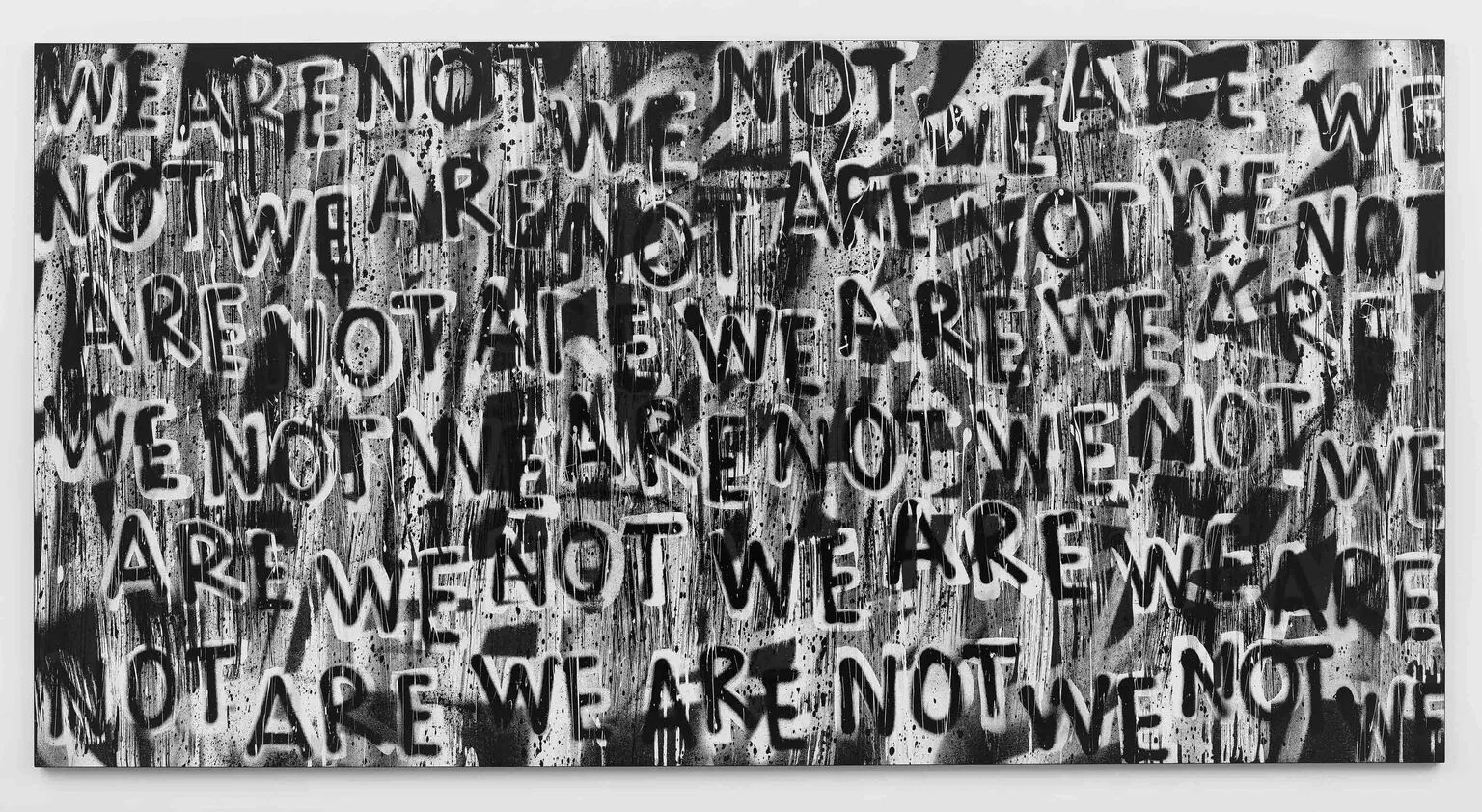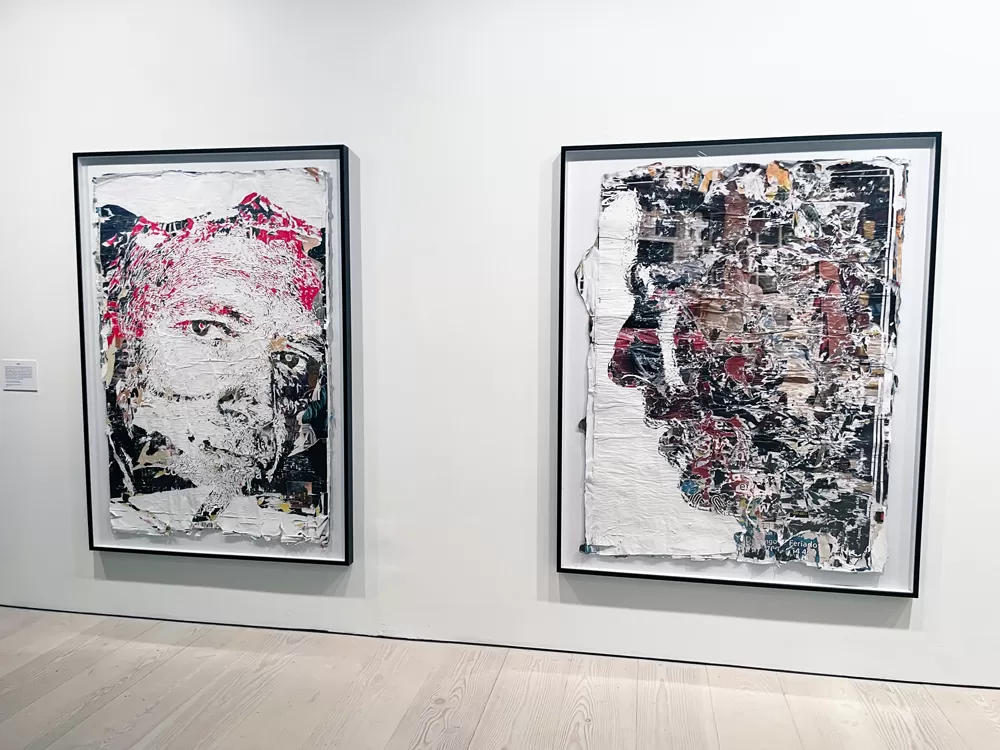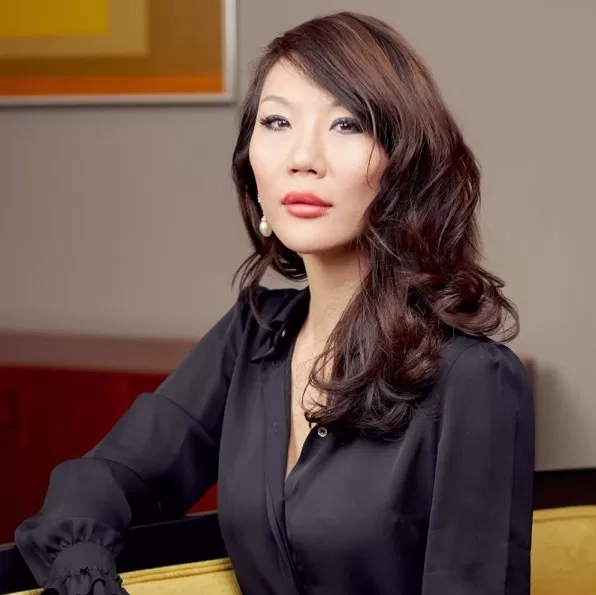The art world is being reshaped by the millennial generation. The rich and famous have always dominated the contemporary art market, but that’s now changing. With an estimated $40 billion in annual spending power, millennials are joining the fray in large numbers. It’s good news for artists and dealers alike that millennials are establishing themselves in the art industry as they approach their prime earning years. They’re one of the most important customers because of their spending power. With roughly 30% of the world’s population, they’re also one of the largest generations ever to reach adulthood.
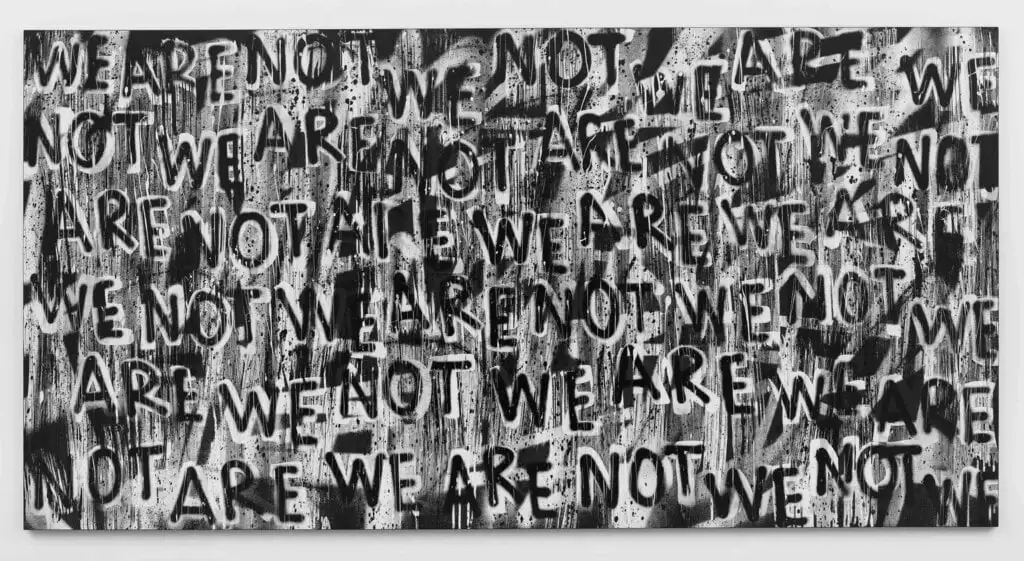
silkscreen ink on canvas
304.8 x 594.3 x 5.1 cm.; 120 x 234 x 2 in.
Image courtesy of max hetzler ©Adam Pendleton and
The rise of millennial investors unlocking the Art Market
The onset of COVID-19 brought about a significant shift in the art industry, with millennials emerging as the market’s dominant demographic. However, even before the pandemic, they were playing a part, with numerous youngsters searching for elective ways of putting away their cash.
As millennial investors shifted their focus to digital and virtual platforms in 2020, this trend was simply accelerated. It could be argued that the art world was able to continue operating during a time when traditional museums and galleries were forced to close their doors due to this sudden influx of young investors.
According to a report from Art Basel-UBS, sales increased by 10% in the first half of 2021, with millennials spending twice as much as Gen X and quadruple that of boomers. Additionally, demand for NFTs and digital art has skyrocketed; however, it’s unclear whether this is the result of millennial investors or the reason why millennials have outspent boomers.
Digitisation in the art industry
The millennial generation of today is distinct from previous generations due to their upbringing in the internet age, where information about artists and art is readily available. As a result, millennials have significantly higher expectations regarding how they consume; They anticipate everything to be simple and straightforward. They’re also much more accustomed to technological practices.
Millennials are also becoming more adept at spotting emerging trends and, as a result, investing in emerging artists. They’re able to quickly identify emerging talent and make smart investments early in an artist’s career because they use social media. This can propel an artist’s career. Furthermore, young investors have shown a particular interest in digital art collections because they’re aware of its potential as a financial and aesthetic asset.
Millennial investors are enabled by technology in particular. For instance, virtual auctions, which were unheard of just a few years ago, provide access to works of art that might otherwise have been out of reach due to geographical limitations and give buyers more control over the amount of money spent on them.
Due in part to the art community’s growing efforts to appeal to millennials, the digital art industry may grow even stronger over the next year or so. It’s evident that this group will remain in the art investment industry.
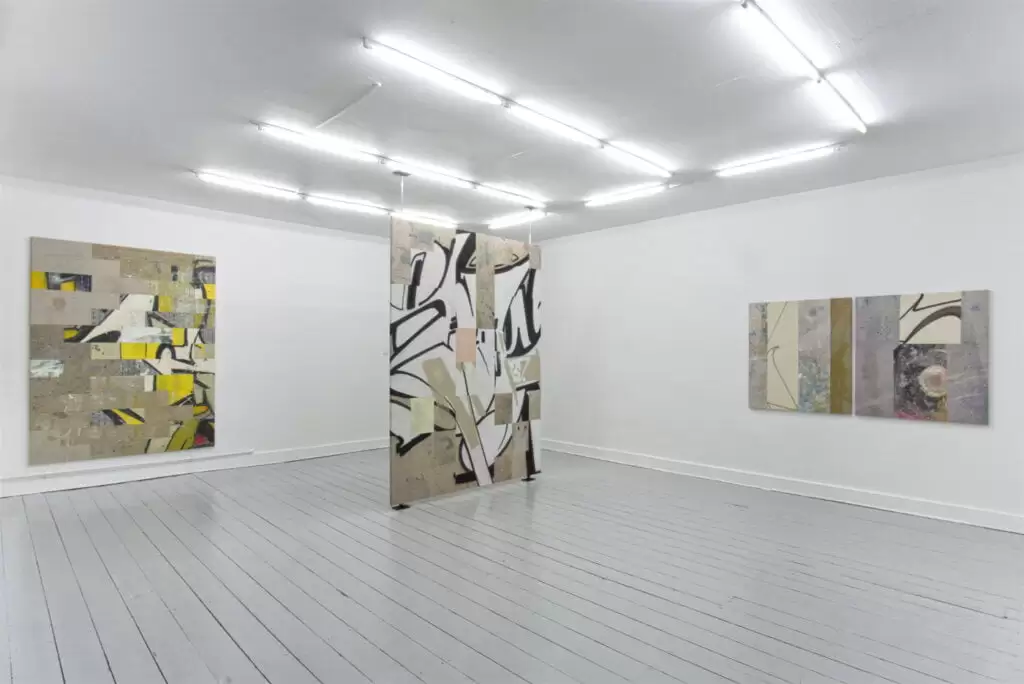
Why are millennials suddenly interested in art?
Art is being viewed as an asset by a growing number of people. However, the millennials appear to be motivated by their own desire to assist artists following the COVID pandemic as well. When it comes to deciding whether art is a financial asset, millennials are twice as likely as boomers to consider it. It’s becoming a popular way for millennials to build wealth.
This group recognises that it’s a tangible asset that has the potential to appreciate over time and sees it as a hedge against inflation. Additionally, art is appealing due to its lack of liquidity risk; It rarely significantly decreases in value after purchase. In contrast, market forces and economic conditions can cause stocks and bonds to experience rapid price fluctuations.

To add to this, they’re frequently drawn to works of art because of their cultural significance, providing them with the opportunity to acquire something of personal significance as well as aesthetic beauty. Naturally, the fact that new collectors are willing to pay top dollar for works of art with historical or social significance is also helping. Lastly, if purchased at the right price and sold at the right time, art can sometimes provide significant capital appreciation. As previously stated, millennials are particularly adept at keeping up with trends, which naturally lends itself to investing.
Millennial-age artists
Not only are consumer groups made up of more millennials, but there has also been a recent rise in the number of millennial artists entering the industry. Take, for instance, artists like Lu Yang, Sam Falls, and Sadie Burnette.
Contemporary art is favoured by millennial artists, who place more importance on experience than objects. Instead of making art that looks good to the eye, there is more of an emphasis on the message. As a result, politically themed artwork is frequently used by well-known young artists to convey messages to their audience.
Summary
The world as a whole was drastically altered by COVID-19, including the art industry. The rise in millennial art investors is one interesting phenomenon that resulted from it. More young people were able to access and purchase artwork as a result of the pandemic’s economic instability and the increased push for digitisation. As a result, over 40% of all art collectors are millennials, a percentage that is expected to rise in the coming years.
Due to their desire for tangible assets, many millennials are turning to investments as an alternative to traditional stock markets. New artists can now exhibit their work on a much larger scale than before thanks to this movement.
Young buyers are flooding into art galleries, often choosing works by lesser-known artists or minority-owned businesses. When it comes to millennial art investors, there’s still a great deal of room for development and comprehension of this relatively new trend. However, this market will continue to expand and flourish as our society continues its digital transformation.
Olyvia Kwok has been collecting and investing in art for over 15 years. After graduating from Queen Mary’s University in 2002 with a degree in BSc Statistics, Olyvia opened her first gallery in St. James’s London. With years of experience, alongside in-depth knowledge of the market and an extensive global network, Olyvia continues to be one of the most prestigious and successful individuals in the industry.


